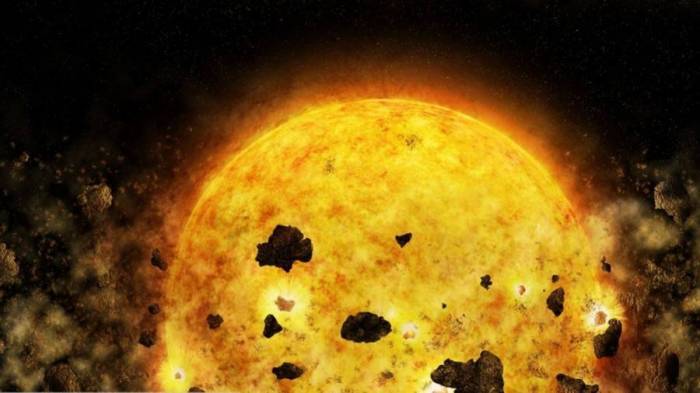Fluctuating light levels around a young star known as RW Aur A have puzzled astronomers for decades, with the celestial body appearing to dim before brightening again. But using NASA’s powerful Chandra X-ray telescope, a group of scientists might just have cracked the secret behind the mysterious luminescence.
According to the researchers, led by academics at the Massachusetts Institute of Technology, the light is from a planet or planets falling into the star’s burning aura. The theory is that debris from the collisions has generated a veil of dust and gas thus providing a cloud that occasionally dims the star RW Aur A.
“Computer simulations have long predicted that planets can fall into a young star, but we have never before observed that,” MIT scientist Hans Moritz Guenther, who was part of the study, said. “If our interpretation of the data is correct, this would be the first time that we directly observed a young star devouring a planet or planets.”
Located in a cloudy region known as the Taurus Auriga, RW Aur A is thought to be several million years old. NASA estimates that the dimming of the star lasts for approximately one month at a time, the latest period observed by the Chandra observatory during 2017.
“Much effort currently goes into learning about exoplanets and how they form, so it is obviously very important to see how young planets could be destroyed in interactions with their host stars and other young planets, and what factors determine if they survive,” Guenther added.
RT
More about: NASA
















































